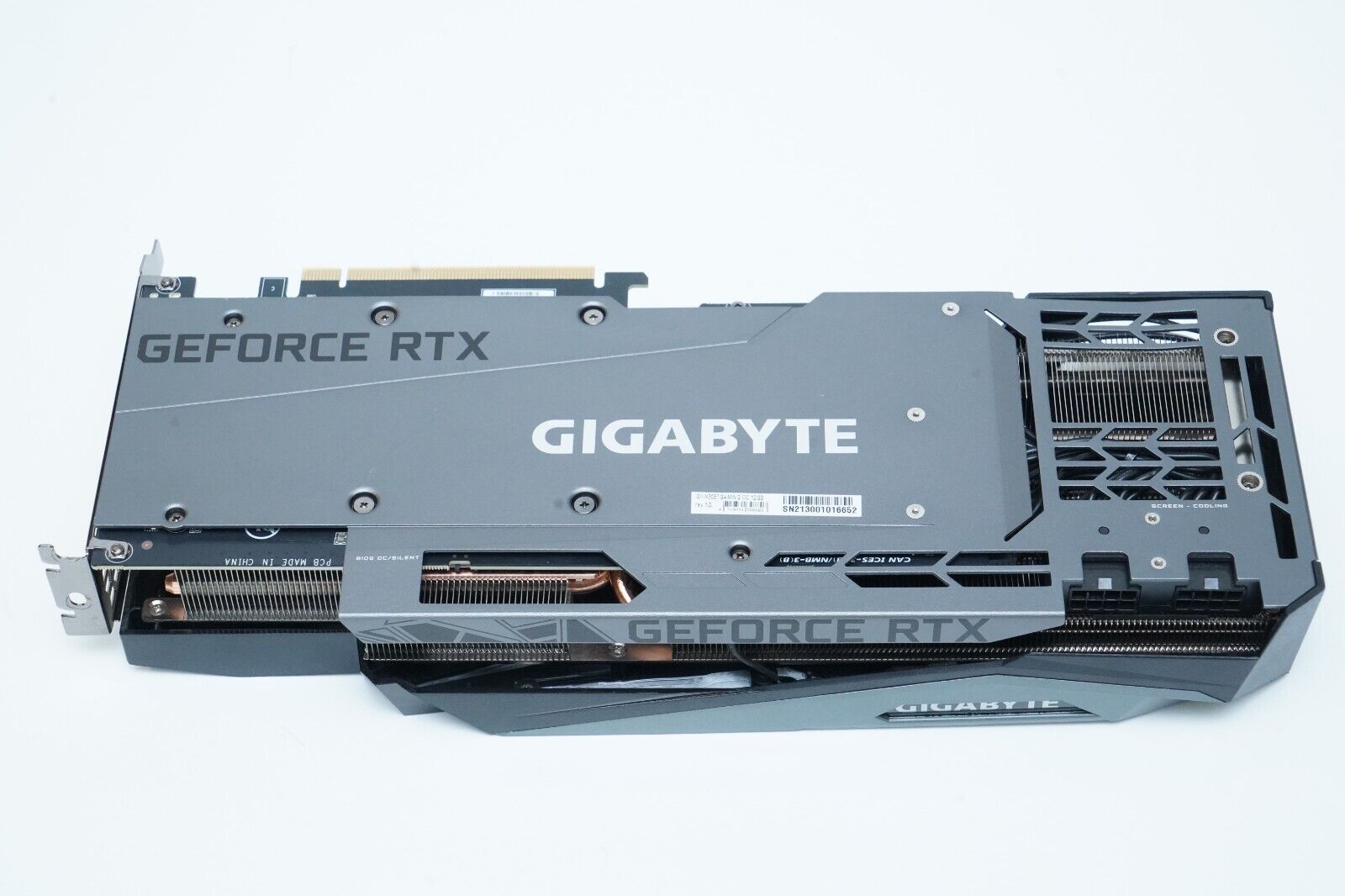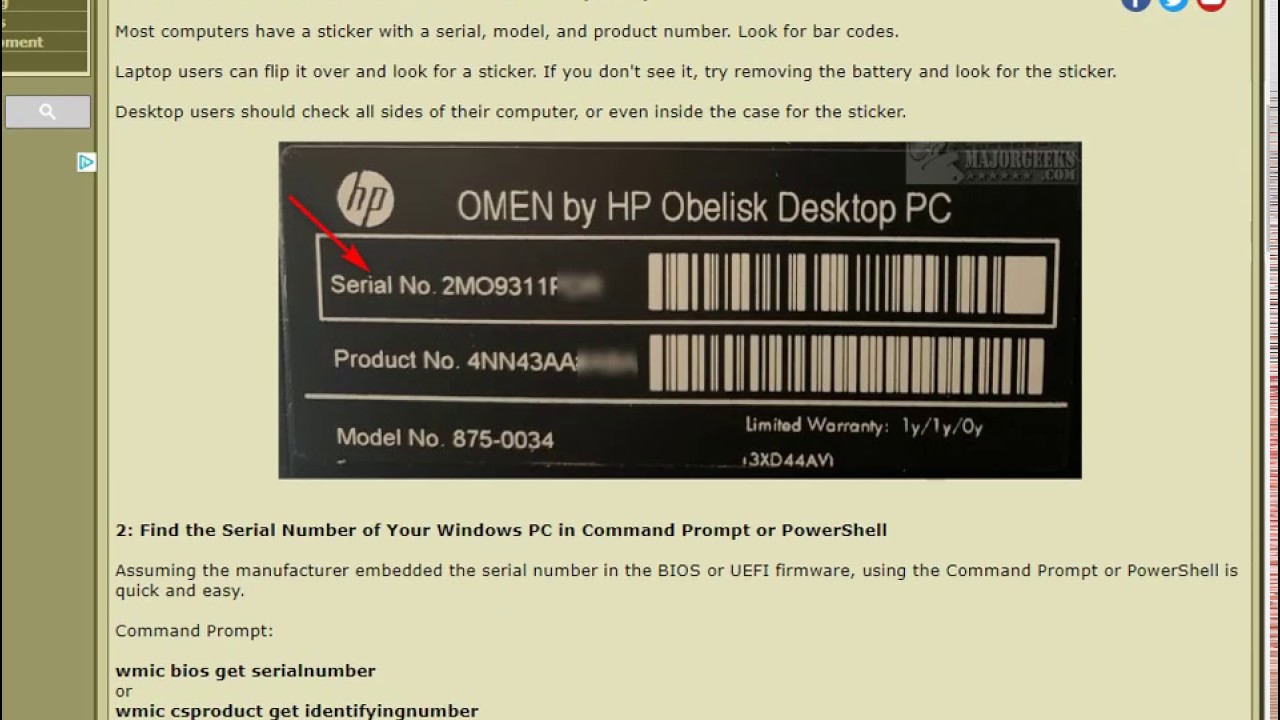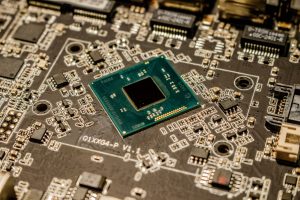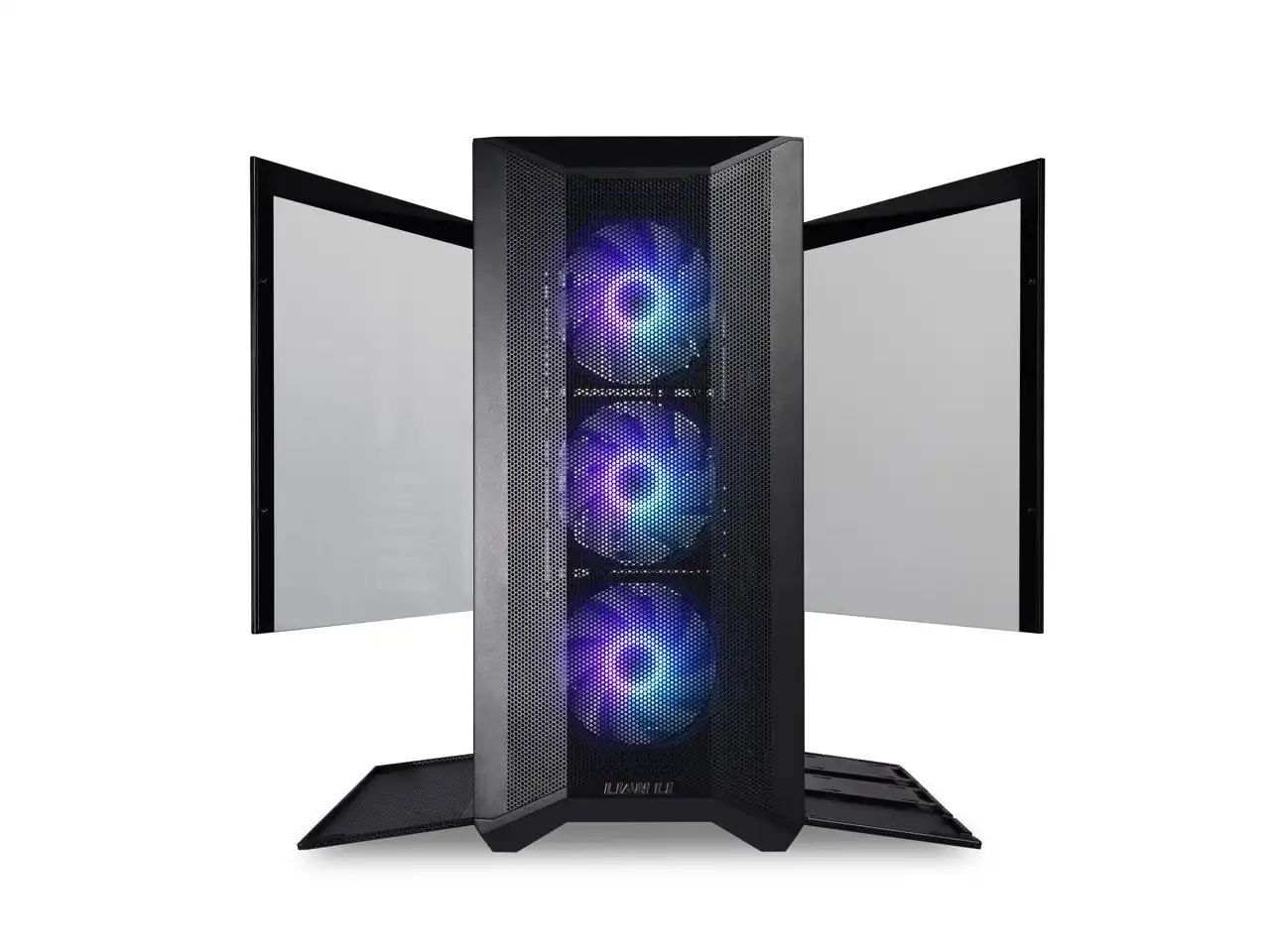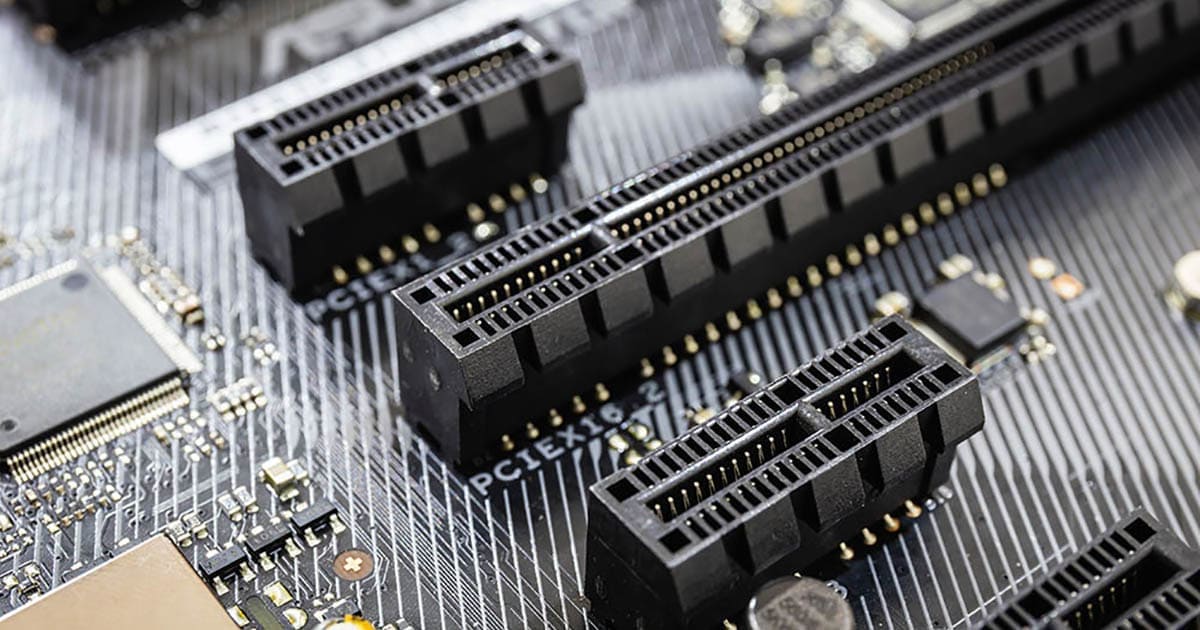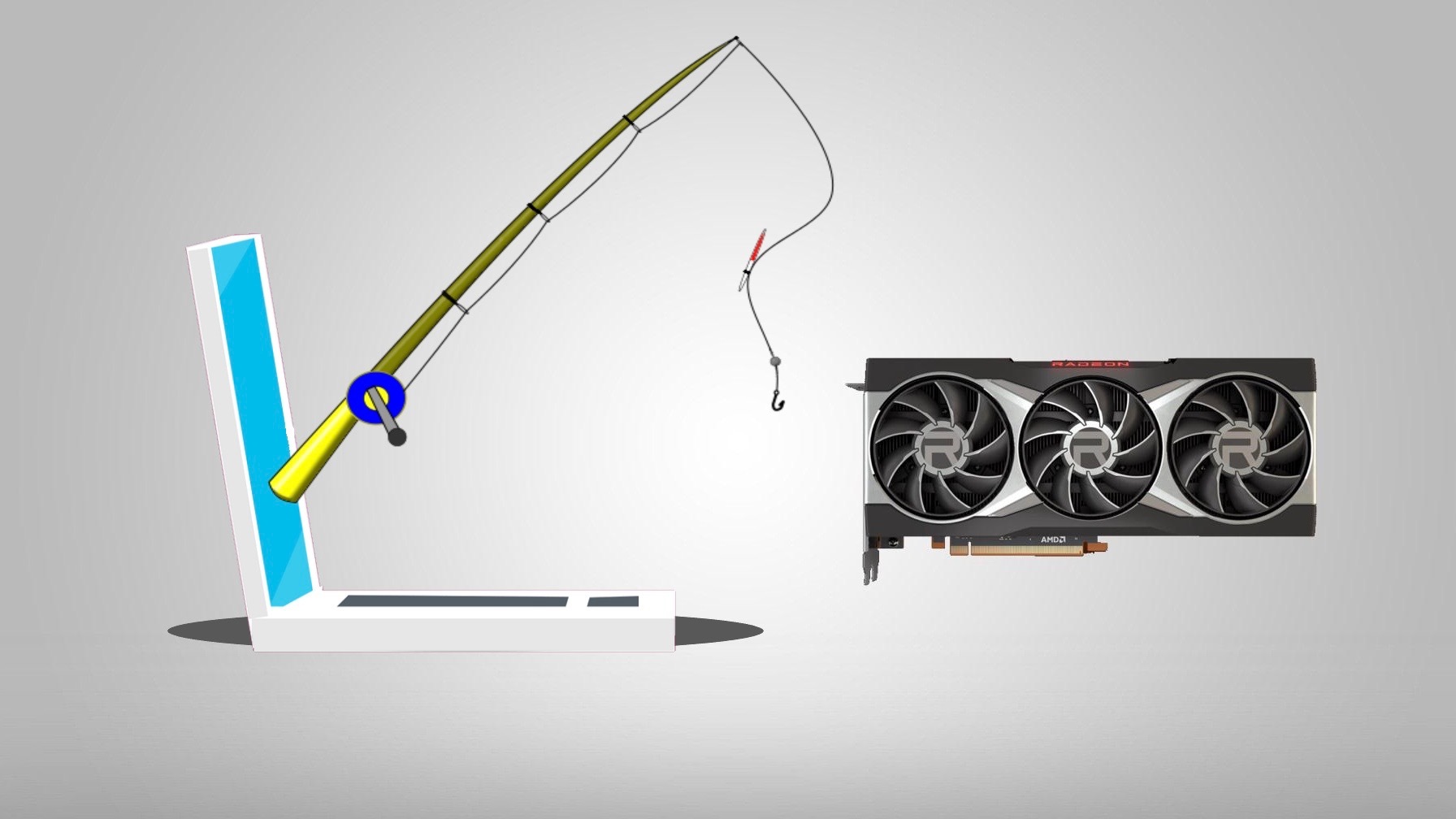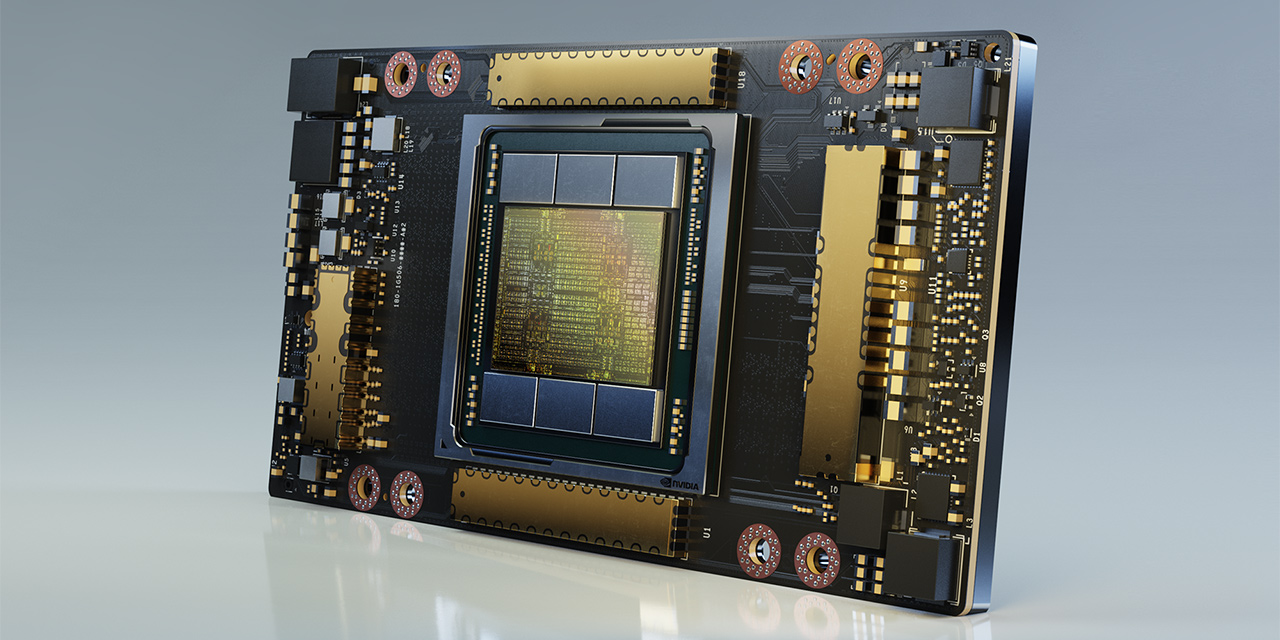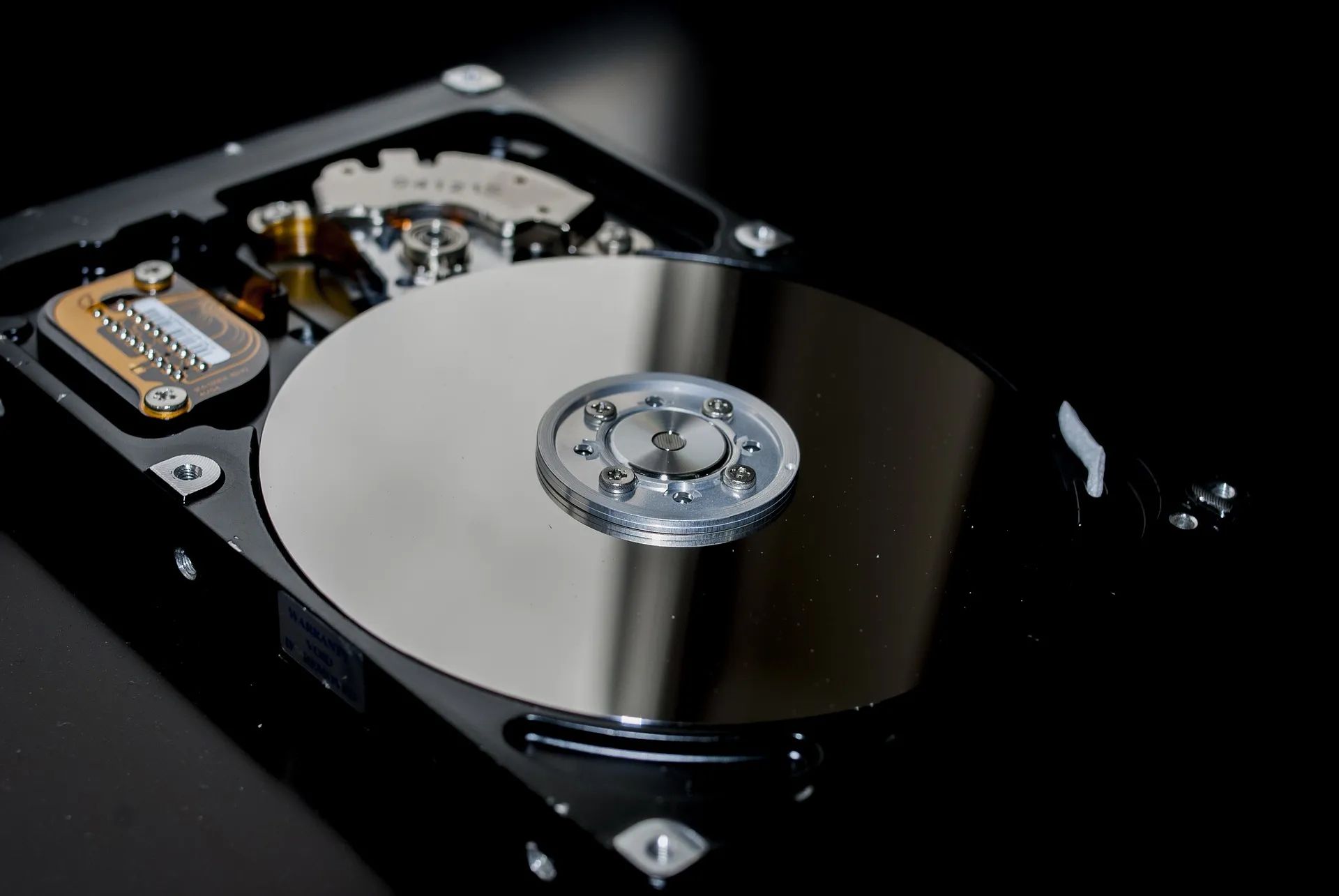Introduction
Finding the serial number of your GPU (Graphics Processing Unit) can be incredibly useful, whether you’re troubleshooting technical issues, registering your product, or checking warranty coverage. The serial number is a unique identifier that can help you identify the specific model and manufacturer of your GPU.
Whether you’re using a Windows, Mac, or Linux system, there are various methods to locate your GPU’s serial number. In this article, we will explore different ways to find the GPU serial number, including checking Windows settings, using command line tools, checking BIOS settings, and examining the original packaging or receipt.
By knowing your GPU’s serial number, you can easily access resources and support from the manufacturer, ensuring that you have the latest drivers and firmware updates for optimal performance. Additionally, having the serial number on hand can streamline the process of filing warranty claims or seeking technical support.
It’s important to note that the specific methods may vary depending on your system configuration and GPU model. However, by following the steps outlined in this article, you should be able to find your GPU’s serial number and access the information you need.
So, whether you’re a casual user or a gaming enthusiast, join us as we dive into the various methods to find your GPU’s serial number on Windows, Mac, Linux, and even on the original packaging or receipt!
Why Do You Need to Find Your GPU Serial Number?
Understanding why it’s important to find your GPU’s serial number can help you appreciate the value of this information. Here are several reasons why you may need to locate your GPU’s serial number:
- Product registration: When you purchase a new GPU, the manufacturer may require you to register the product to activate the warranty. The serial number is often a necessary piece of information for this process.
- Warranty coverage: By knowing your GPU’s serial number, you can easily check its warranty status. This allows you to determine if your GPU is still covered by the manufacturer’s warranty.
- Driver and firmware updates: Manufacturers frequently release driver and firmware updates to improve performance, fix bugs, and enhance compatibility. To ensure that you have access to these updates, it’s important to know the specific GPU model and serial number.
- Technical support: If you encounter any issues with your GPU, having the serial number readily available can expedite the troubleshooting process. Support technicians will often ask for this information when assisting you with any GPU-related problems.
- Identification of counterfeit products: Unfortunately, counterfeit GPUs are a reality in the market. Knowing the serial number can help you verify the authenticity of your GPU and protect yourself from scams.
- Purchase history: When buying a used GPU, the serial number can be used to verify the model and condition of the product. This can provide you with peace of mind and ensure that you’re making a well-informed purchase.
Overall, locating your GPU’s serial number is essential for various reasons, including warranty coverage, product registration, technical support, and verifying the authenticity of your GPU. By being able to access this information, you can effectively manage your GPU-related needs and ensure the best possible performance and support.
How to Find GPU Serial Number on Windows
If you’re using a Windows computer, there are several methods to locate the serial number of your GPU. Here are a few approaches you can try:
- Using Device Manager: Open the Start menu and search for “Device Manager.” Once the Device Manager window opens, expand the “Display adapters” category. Right-click on your GPU and select “Properties.” In the Properties window, navigate to the “Details” tab. From the drop-down menu, select “Hardware Ids.” The serial number may be listed in the format “VEN_XXXX&DEV_XXXX,” where “XXXX” represents alphanumeric characters.
- Using Command Prompt: Open the Command Prompt by pressing the Windows key + R, typing “cmd” and pressing Enter. In the Command Prompt window, type the following command: “wmic path win32_videocontroller get pnpdeviceid.” Press Enter, and the serial number will be displayed in the output. Look for a string of numbers and letters following “VEN_” and “DEV_”.
- Using GPU-Z: GPU-Z is a popular utility that provides detailed information about your GPU. Download and install GPU-Z from the official website (https://www.techpowerup.com/gpuz/). Launch GPU-Z and it will display the serial number along with other hardware information of your GPU.
- Checking manufacturer’s software: Some GPU manufacturers, such as NVIDIA and AMD, provide their own software utilities. These utilities often include information about your GPU, including the serial number. Check the manufacturer’s website for any official software that you can download and install.
These methods should help you find the serial number of your GPU on a Windows computer. You may need to try multiple approaches depending on your specific system configuration and GPU model. Remember to keep a note of the serial number for future reference and support inquiries.
How to Find GPU Serial Number on Mac
If you’re using a Mac computer, the process of finding the serial number of your GPU is slightly different compared to Windows. Follow these steps to locate the GPU serial number on your Mac:
- Using System Information: Click on the Apple menu in the top-left corner of your screen and select “About This Mac.” In the window that appears, click on the “System Report” button. In the left-hand sidebar, under the “Hardware” section, click on “Graphics/Displays.” The serial number of your GPU should be listed as “Serial Number” in the right-hand side panel.
- Using Terminal: Open the Terminal application by searching for it in Spotlight or navigating to “Applications” > “Utilities” > “Terminal.” In the Terminal window, type the following command: “system_profiler SPDisplaysDataType | grep ‘Serial Number (system)’.” Press Enter, and the serial number of your GPU will be displayed in the output.
- Checking manufacturer’s software: Similar to Windows, GPU manufacturers may provide dedicated software for Mac users. Check the manufacturer’s website for any official software utility that you can download and install. This software can provide detailed information about your GPU, including the serial number.
By following these steps, you can easily find the serial number of your GPU on a Mac. Remember to keep a note of the serial number for future reference, warranty claims, or support inquiries. Each method may provide slightly different details, so it’s recommended to cross-reference the information obtained from multiple sources to ensure accuracy.
How to Find GPU Serial Number on Linux
Finding the serial number of your GPU on a Linux system can be achieved using various methods, including command line tools and system information. Here are a few ways to locate the GPU serial number on Linux:
- Using lspci: Open the Terminal and enter the command “lspci | grep VGA” to list the VGA devices in your system. Identify the line that corresponds to your GPU and note the information after the “VGA compatible controller” part. This information may include the vendor ID (VEN) and device ID (DEV), which can help identify your GPU model.
- Using lshw: In the Terminal, type the command “sudo lshw -c video” and provide your password if prompted. This command will display detailed information about your GPUs, including the serial number if available.
- Checking manufacturer’s documentation: Some GPU manufacturers provide specific command line tools or documentation for Linux users. Visit the manufacturer’s website and search for any Linux-specific utilities or instructions on how to retrieve GPU information, including the serial number.
These methods should help you locate the serial number of your GPU on a Linux system. Keep in mind that the specific commands and tools may vary depending on the Linux distribution you are using. Consult the documentation or forums for your specific distribution for more guidance if needed.
Remember to keep a note of the GPU serial number for future reference, warranty claims, or support inquiries. The serial number is an important piece of information when seeking assistance or accessing specific resources for your GPU.
How to Find GPU Serial Number in BIOS
To locate the serial number of your GPU in the BIOS, you will need to access the BIOS settings of your computer. Here is a general guide on how to find the GPU serial number in the BIOS:
- Restart your computer: Start by restarting your computer and be ready to access the BIOS settings. The key to enter the BIOS varies depending on your computer manufacturer, but common keys include F2, F10, Delete, or Esc. Refer to your computer’s documentation or perform a quick online search to find the correct key for your specific make and model.
- Enter the BIOS: Once you have determined the key to enter the BIOS, start tapping that key repeatedly as soon as you see the computer manufacturer’s logo on your screen. This will take you to the BIOS settings interface.
- Locate the GPU information: Navigate through the BIOS settings using the arrow keys on your keyboard. Look for a section that contains information about your hardware, such as “System Information,” “PCI Configuration,” or “Advanced Settings.” Within this section, there may be a subsection specifically for graphics or GPUs.
- Find the serial number: Once you have located the GPU settings, look for the serial number field or a similar identifier. The exact location and format of the serial number will vary depending on the BIOS version and manufacturer. Take note of the serial number if it is displayed, as this will be your GPU’s unique identifier.
- Exit and save changes: After obtaining the serial number, navigate to the exit or save changes option in the BIOS settings. Confirm the changes and exit the BIOS. Your computer will then continue to boot into the operating system.
Please note that accessing the BIOS and navigating its interface can vary depending on your computer model and manufacturer. The steps provided here are general guidelines, and you may need to adapt them based on the specific instructions provided in your computer’s documentation.
Finding the GPU serial number in the BIOS can be helpful for warranty claims, product registration, or support inquiries. Make sure to keep a record of the serial number for future reference.
How to Find GPU Serial Number on the Box or Receipt
If you have the original box or receipt of your GPU, finding the serial number becomes a straightforward process. Here’s how you can locate the GPU serial number using the box or receipt:
- Check the box: If you still have the box that your GPU came in, inspect it for a label or sticker that displays the serial number. Look for a section on the box that provides product information or specifications. The serial number is often listed alongside the model number and other identifying details.
- Inspect the receipt: If you have the receipt from when you purchased the GPU, examine it for the serial number. Many retailers include this information on the receipt, especially for high-value items like graphics cards. Look for a section that lists the product details, and you should find the serial number along with the GPU model and other relevant information.
- Contact the retailer: If you are unable to locate the serial number on the box or receipt, consider reaching out to the retailer you purchased the GPU from. They may have a record of the serial number in their system and can provide it to you upon verification of your purchase.
Finding the GPU serial number on the box or receipt is advantageous as it provides an official record of your purchase. It is always a good practice to retain these documents for warranty claims, product support, and proof of ownership.
Keep in mind that the specific location of the serial number on the box or receipt can vary, so carefully inspect all relevant sections or consult the retailer for guidance. Storing this information securely will ensure that you have easy access to the GPU serial number when needed.
Conclusion
Finding the serial number of your GPU is essential for various reasons, including product registration, warranty coverage, driver updates, technical support, and verifying the authenticity of your GPU. Whether you’re using a Windows, Mac, or Linux system, there are multiple methods to locate your GPU’s serial number, ranging from checking system settings to examining the original packaging or receipt.
On Windows, you can find the GPU serial number by using Device Manager, command prompt tools, specialized software like GPU-Z, or checking the manufacturer’s utilities. On a Mac, you can access the GPU serial number through system information or by using Terminal commands. Linux users can use commands such as lspci or lshw to retrieve GPU information, and also check the manufacturer’s documentation for specific command line tools.
Alternatively, if you have the original box or receipt of your GPU, the serial number may be listed there. Checking the box or receipt provides an officially documented record of your purchase, which can be valuable for warranty claims and support inquiries.
By knowing your GPU’s serial number, you can ensure that you have the necessary information for registering your product, checking warranty coverage, accessing driver updates, seeking technical support, and verifying the authenticity of your GPU. Make sure to keep a record of the serial number for future reference and keep these documents in a safe place.
We hope this guide has helped you in finding the serial number of your GPU on different operating systems and through various methods. With this knowledge, you can now efficiently manage your GPU-related needs and make the most out of your graphics card’s performance and support.







